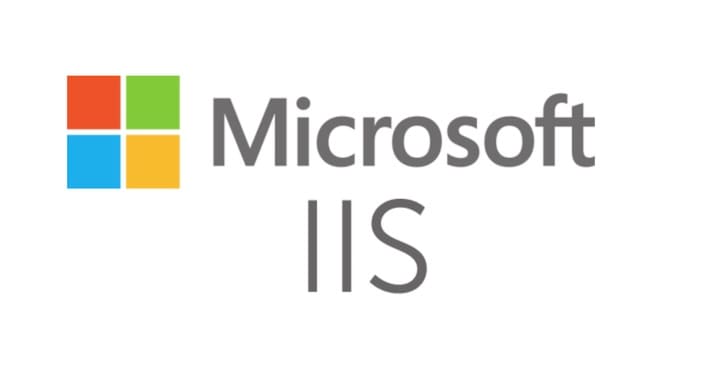How to Fix Large File Upload Error 404 on IIS | Przewodnik krok po kroku. The following error occurs when uploading large files to the website.
Server Error
404 – File or directory not found.
The resource you are looking for might have been removed, had its name changed, or is temporarily unavailable.
To enable uploading large files you have to change a setting in IIS.
NOTATKA: The limit is approximately 28,6 MB because the limit of maxAllowedContent Length is 30000000 bytes.
To change the maximum upload setting, named “maxAllowedContent Length", wykonaj następujące czynności:
1. Log on to the server that holds the IIS website, and then click Start, trzask Programs, trzask Narzędzia administracyjne, trzask Internet Information Services (IIS) Menedżer;
2. Expand the website that you want to increase the maxAllowedContent Length;
3. Kliknij dwukrotnie Request Filtering icon in the main window
NOTATKA: if you don’t have the Request Filtering icon, you need to install it through the Add Roles opcja. Get the instructions below.
4. Click the Hidden Segment Tab;
5. Right-click web.config and click Edit Feature Setting;
6. A new window named Edit Request Filtering Settings appears;
7. Pod Request Limits heading. enter a new larger value in the Maximum allowed content length (Bytes) box;
8. Trzask OK to apply the change.
Setup Request Filtering
The default installation of IIS 7 and later includes the Request Filtering role service or feature. If the Request Filtering role service or feature is uninstalled, you can reinstall it using the following steps.
Serwer Windows 2012 R2
1. On the taskbar, trzask Menedżer serwera.
2. In Menedżer serwera, click the Manage menu and then click Add Roles and Features.
3. w Add Roles and Features wizard, trzask Next. Select the installation type and click Next. Select the destination server and click Next.
4. On the Server Roles page, zwiększać Web Server (IIS), zwiększać Web Server, zwiększać Bezpieczeństwo, and then select Request Filtering. Trzask Next.

5. On the Select features page, trzask Next.
6. On the Confirm installation selections page, trzask Zainstalować.
7. On the Results page, trzask Zamknąć.
How To
Note for IIS 7.0 użytkownicy: Some of the steps in this section may require that you install the Microsoft Administration Pack for IIS 7.0, which includes a user interface for request filtering. To install the Microsoft Administration Pack for IIS 7.0, please see the following URL iis.net/expand/AdministrationPack
How to add a hidden segment
- Open Internet Information Services (IIS) Menedżer:
- If you are using Windows Server 2012 or Windows Server 2012 R2:
- On the taskbar, trzask Menedżer serwera, trzask Narzędzia, and then click Internet Information Services (IIS) Menedżer.
- If you are using Windows 8 or Windows 8.1:
- Hold down the Okna klawisz, press the letter X, and then click Panel sterowania.
- Trzask Narzędzia administracyjne, and then double-click Internet Information Services (IIS) Menedżer.
- If you are using Windows Server 2008 or Windows Server 2008 R2:
- On the taskbar, trzask Start, point to Narzędzia administracyjne, and then click Internet Information Services (IIS) Menedżer.
- If you are using Windows Vista or Windows 7:
- On the taskbar, trzask Start, and then click Panel sterowania.
- Double-click Narzędzia administracyjne, and then double-click Internet Information Services (IIS) Menedżer.
- If you are using Windows Server 2012 or Windows Server 2012 R2:
- w Connections pane, go to the connection, site, application, or directory for which you want to modify your request filtering settings.
- w Dom pane, double-click Request Filtering.
- w Request Filtering pane, click the Hidden Segments patka, and then click Add Hidden Segment… in the Actions pane.
- w Add Hidden Segment okno dialogowe, enter the relative path that you want to hide, and then click OK.



















